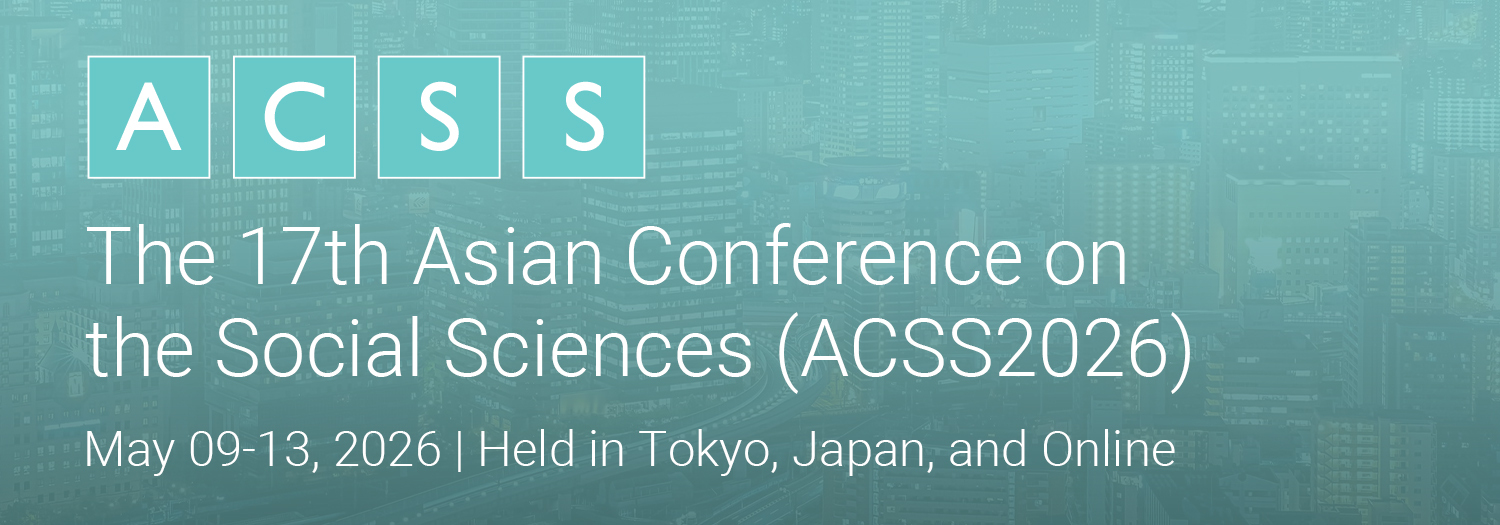Presentation Schedule

The Shadow of Eugenics in Contemporary Japan: With Reference to the Reporting of Two News Stories (93219)
Session Chair: Supamonta Supanan
Thursday, 15 May 2025 15:35
Session: Session 4
Room: Room 705 (7F)
Presentation Type: Oral Presentation
Almost thirty years have passed since the Japanese Diet abolished a law permitting the involuntary sterilization of people with certain hereditary conditions and intellectual disabilities. The yūseihogohō (優生保護法), or Eugenic Protection Law (EPL), was enacted in 1948 and remained on Japan's statute book until 1996. Its purpose was “to prevent the birth of inferior descendants from the eugenic point of view” (Article 1). Under the EPL, more than 25,000 thousand people were sterilized, with over 16,500 of them undergoing forced operations. While many young Japanese people are unaware that such a law even existed, eugenics has reentered public discourse at certain times. After outlining the background to the passing of the EPL in a country that was then under Allied occupation, the presenter will analyze how the Japanese media referred to the EPL and yūseishisō (“eugenics thinking”) in its reporting of two major news stories. The first story is the introduction into Japan of Non-Invasive Prenatal Testing (NIPT), a revolutionary form of prenatal diagnosis that is linked to a global decline in the number of babies born with Down syndrome. The second is the 2016 “Sagamihara massacre,” the killing of 19 people with severe intellectual disabilities by Satoshi Uematsu. Finally, the presenter will report on a lesson to raise awareness of NIPT and disability and on the lesson's effect on Japanese students’views of selective abortion. The lesson draws partly on his experience as a parent to a daughter with a rare chromosomal abnormality.
Authors:
Mark Rebuck, Meijo University, Japan
About the Presenter(s)
Mark Rebuck is an Associate Professor at Meijo University.
See this presentation on the full schedule – Thursday Schedule





Comments
Powered by WP LinkPress